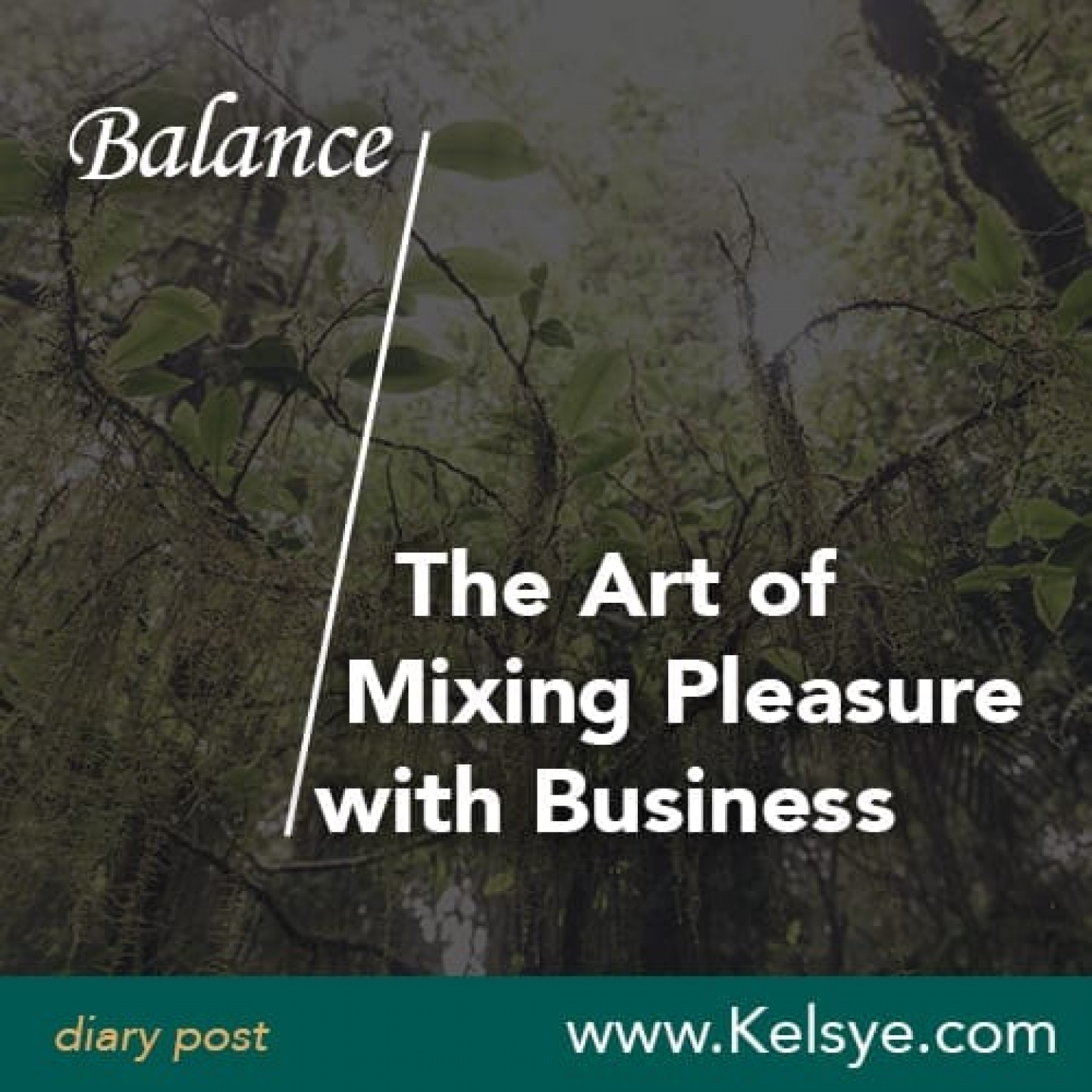
In our experience, burgeoning authors spend a lot of time developing their manuscript. They may even create a strong book proposal that covers the business and creative aspects of their project. Then they freeze. They feel as if they make one misstep and don’t follow all the (often invisible) rules, their project will be dismissed, rejected.
We’re here to reassure you. If you’ve put together a solid proposal about a compelling concept with great writing, you will get serious consideration from an agent or publisher. Your book proposal won’t be kicked to the curb because you stapled it rather than used a binder clip.
Your submission packet should include your cover letter, your book proposal, and any additional materials (if applicable). And for additional tips, here’s a handy checklist to make sure you’ve crossed your “T”s and dotted your “I”s.
- Include a footer on every page of your book proposal that includes your name and page number.
- Staple or binder clip the pages together.
- Use your best judgment when it comes to presentation (double-spaced, easy-to-read 12-point type is always a good way to go).
- Spell check, proofread, be consistent in formatting (bullets, headlines), and enlist a second set of eyes to do a final read.
- While it’s not necessary, you can use letterhead/heavier stock for your cover letter.
- Be as specific as you can when addressing your packet. If you have a particular editor or agent to send your proposal to, great. If not, it’s fine; it will be reviewed by an appropriate person (it can be addressed to “Children’s Editor,” for example).
- Do not give a publisher or agent more sample text than outlined in their submission guidelines. Giving them more than they ask for in terms of other components of the book proposal (marketing and competing titles, for example) is always okay.
- Unless otherwise specified in the submission guidelines, send your proposal via snail mail and be patient regarding a response. If there is an e-mail posted, contact the publisher or agent when the allotted time has passed.
While it’s good to heed the differences of submission guidelines (length of sample text, for example), don’t freak out about over-customizing your book proposal. Most book proposals can go as-is to multiple publishers and literary agents, as long as you have a complete, robust presentation. What’s most important is whether the CONCEPT is the right fit for that publisher or agent.
 Guest post by Kerry Colburn and Jen Worick from
Guest post by Kerry Colburn and Jen Worick from 


 10/26/14 Train from Anchorage to Talkeetna
10/26/14 Train from Anchorage to Talkeetna











 Guest post by Seattle-based mystery author Tom Kelly. Originally published
Guest post by Seattle-based mystery author Tom Kelly. Originally published  Tom's debut mystery novel
Tom's debut mystery novel  Guest post by Kerry Colburn and Jen Worick from
Guest post by Kerry Colburn and Jen Worick from 


 Jennifer Worick and Kerry Colburn are the dynamic duo behind The Business of Books (
Jennifer Worick and Kerry Colburn are the dynamic duo behind The Business of Books (
 I fail being alone.
I fail being alone.





